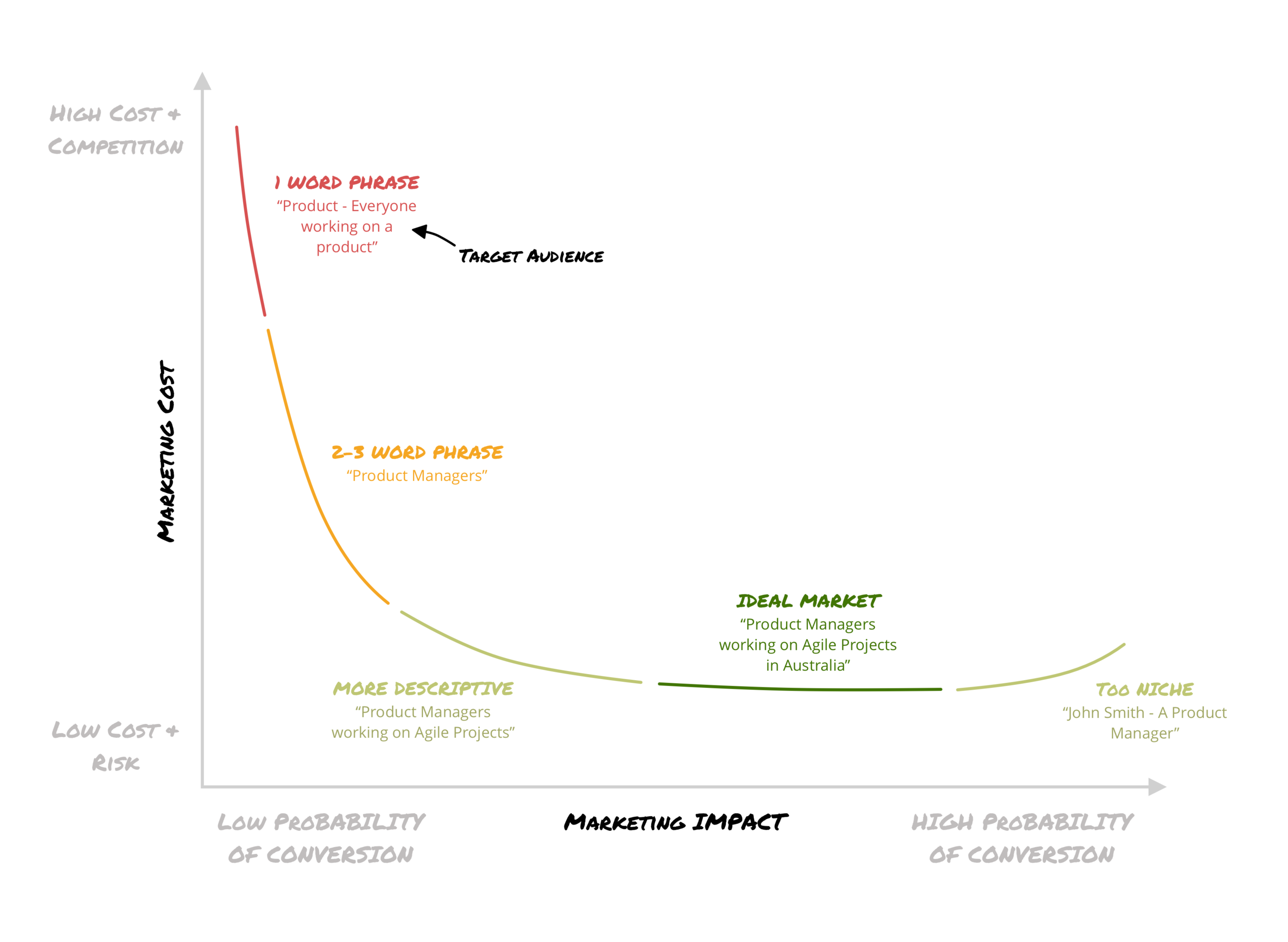Last week I was thinking about the explosion in the popularity of craft beer and how the traditional breweries are struggling to keep up with the growing range of tastes and flavours demanded by the market.
When I first started drinking beer, you had to choose between Victoria Bitter, and Carlton Draught (for international readers - they are both standard bland lagers). If you were adventurous, you might try out a Guinness. Nowadays, however, there are all sorts of beers available to cater for varying tastes.
The larger brewers like to stick to their winning recipe, they might change the packaging, but the fundamentals stay the same. Can you imagine AB InBev (the owners of Budweiser, Corona, Stella Artois, Beck’s, and a range of other brands) releasing a Triple IPA, banana, or pumpkin beer?
Beer is just like the many other products that have diversified over time.
When seeking the perfect spaghetti sauce, psychophysicist Howard Moskowitz (now known as the sauce guy) discovered the key to marketing sauce was actually somewhat counter-intuitive.
Instead of creating 1 sauce to rule them all, he argued it was best to develop a deep understanding of customer palettes, and then create a range of sauces for the common tastes, whether it be chunky, spicy, with bacon, or even carbonara.
There’s something that we can all learn from this when thinking about our own products.
“When you speak to everyone, you speak to no one” - Meredith Hill
A common mistake that entrepreneurs make when setting out is to market to everyone.
However, marketing to everyone is incredibly difficult. Unless you have a massive amount of capital, or an internationally recognised brand already, this traditional type of marketing is guaranteed to fail.
Digital Marketing needs a different and much more specific approach, and for early-stage products and startups, this is even more so true.
As your target audience becomes more niche, the easier it becomes to nail your message. Marketing to everyone instead means you are marketing to the lowest common denominator.
When starting out writing, I was given the invaluable advice to write as if it was for a single friend. By drastically reducing the size of my target audience, I started thinking about the individual’s daily challenges and how I could specifically assist them.
It’s probably not viable to run a business as if it was built for a single individual, but you can narrow your audience to reduce your cost and increase the strength of your message and value created.
In Seth Godin’s recent book This is marketing, he explains that “We need the smallest viable audience, not the biggest possible audience”.
He called this idea the minimum viable audience. He challenges people taking his online course to think of 10 people who have common interests, and then go market their big idea to those people. I think this is great advice.
If your audience insists on telling other people about your product, you’re set.
However, if they don’t show interest, then you either don’t have the right marketing material or you need to find the right 10 people!
So instead of trying to own your category, instead focus on owning a narrow community where you can provide immense value. Think small, but deliver big!


